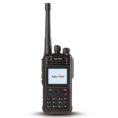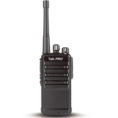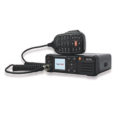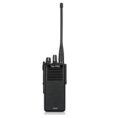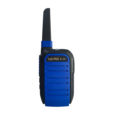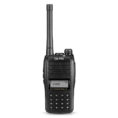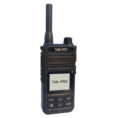Walkie Talkies offer an advantage over cell phones when it comes to secure conversations. However, hacking is a sad fact in today’s world, as the online world has been subjected to several high-level attacks by expert hackers (Think Google, Yahoo, LinkedIn, and NASA). Because of these risks, public safety departments that employ Walkie Talkies must be aware of the risks of hacking and understand how to avoid it.
How Common Is Hacking?
To address that question, it’s helpful to understand the distinction between hacking and scanning.
Hacking occurs when an unauthorized person transmits on a frequency.
Scanning is more common than hacking and is more difficult to stop. Tow truck companies, for example, employ scanning to listen for situations where their towing services may be required and then respond immediately.
Adding a PL code is one method for two-way radio service providers to limit unwanted scanning operations. These are codes that can be sent by a group of radios that use a specific frequency.
Tips for Preventing Two‑Way Radio Hacking
Equipment: It is important to have the right equipment. The use of a trunked radio system improves security. To have secure talks, ask your two-way radio service provider to recommend the equipment with the finest security features.
Encryption: Look for systems that comply with the Advanced Encryption Standard (AES). These systems are becoming more widespread in police and fire departments that require secure conversions in which only authorized personnel can participate.
Vendor: Choose a two-way radio provider with demonstrated competence in this field when seeking a solution to handle or prevent two-way radio hacking. They should present a list of references from which they have explicitly assisted with this issue.
Ensuring Secure Communications
Despite the risk of hacking, two-way radio communications remain a safe, dependable, and efficient method of ensuring public safety. However, it is critical to take every precaution to avoid the potentially disastrous disruption caused by hacking.



